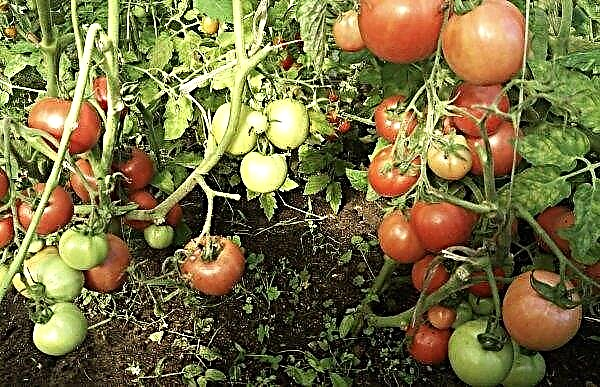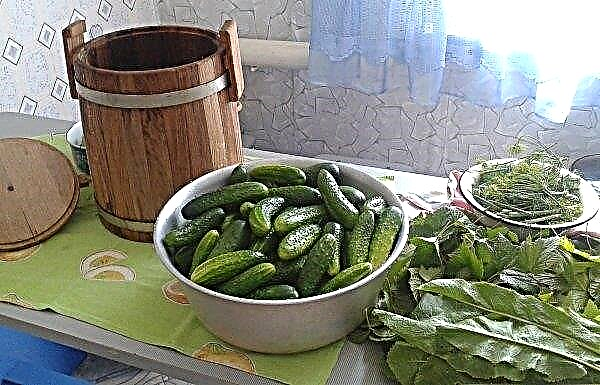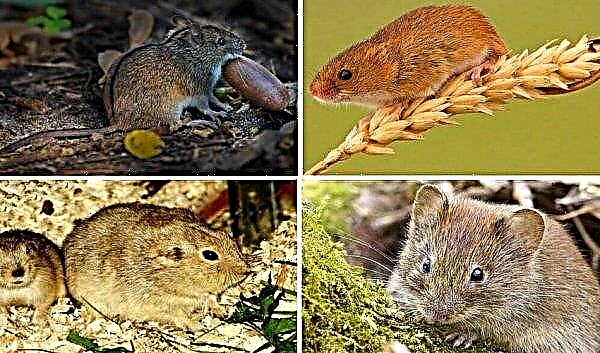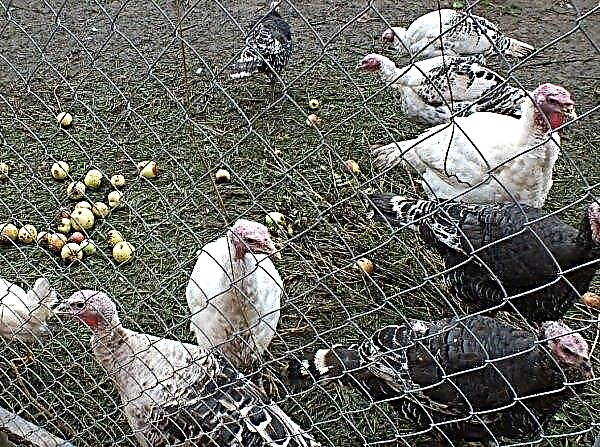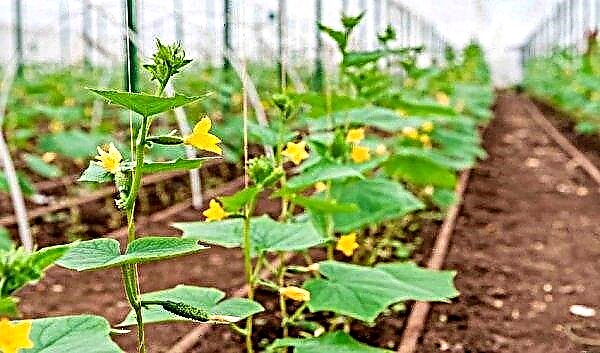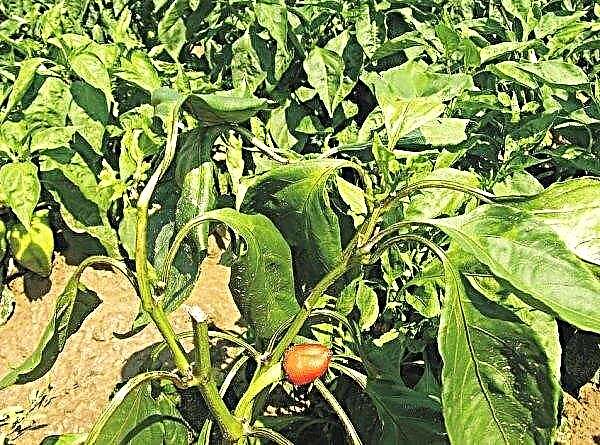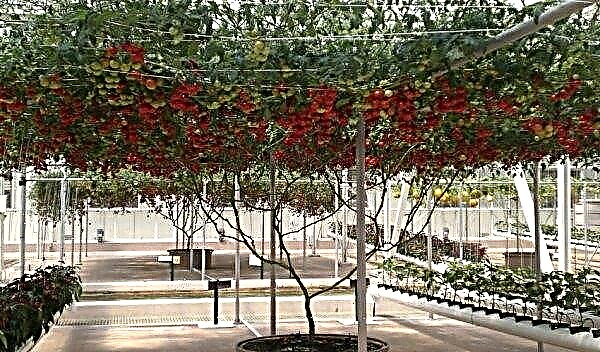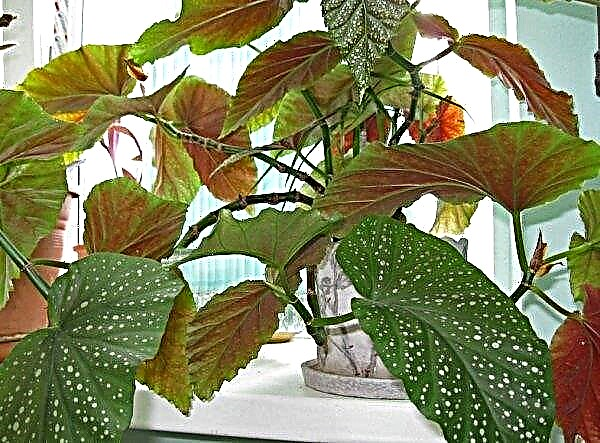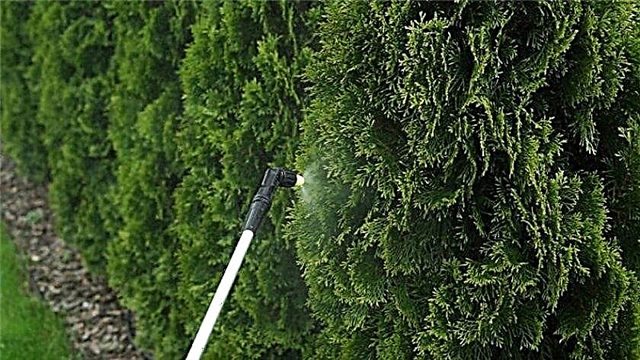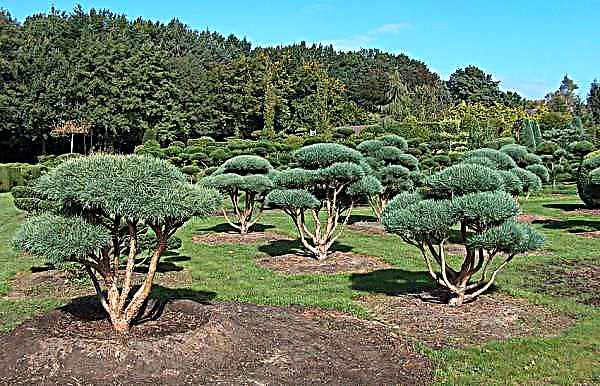Anyone who loves garden shrubs, seeing once blooming hydrangea caps, will certainly want to plant this beautiful plant in his garden. Late spring, summer is suitable for breeding a flower. But many beginner gardeners are interested in how to propagate hydrangea in the fall. That’s why it’s worth figuring out which is the most optimal and efficient way to get the kind of hydrangia that you liked.
Breeding methods
If you optimally choose the time, conditions for the propagation of hydrangia, then the young bushes will take root quickly. Propagating hydrangea is not easy. This requires knowledge, patience, attention and time.
Autumn breeding plants will help to carry out the following methods:
- cuttings in September;
- division of the bush with good protection against winter frosts;
- layering in early autumn;
- young shoots (kids).

It is better to breed hydrangea from seeds in the spring. This method requires more care and effort. But even the inexperienced gardener will cope with other methods.
Can I cut in autumn
The most affordable and productive method of growing - using cuttings. It allows you to get the right amount of seedlings from one bush. Autumn is the right time for cuttings, like spring and summer.
How to propagate hydrangea cuttings
If you cut hydrangea in September, then you have to plant it in containers. Further care is carried out at home. But spring or summer cuttings can be rooted directly in the open ground.
Important! When cutting cuttings, choose only healthy shoots. Instances with signs of disease, damage, pests are not suitable for cuttings.
How to choose and prepare a stalk
Half the success will be if you cut the workpiece correctly. It is better to approach this event in the morning or in cloudy weather. For cuttings, use only annual shoots that have not yet been lignified. Your assistant in this business will be secateurs or clippers. Cut the selected shoots obliquely at a distance of 10-15 cm from the top. Remove the lower foliage, leave only the upper and primordia. Shorten the left sheets by half.
How to propagate hydrangea cuttings in water
Do not leave harvested cuttings of hydrangia without water even for a little bit. Once chopped, immediately put them in water or in a pre-prepared solution with a rooting agent. It is better to do this in a glass transparent jar. For this, the root stimulator “Kornevin”, “Zircon”, “Heteroauxin” is suitable. Dip the cuttings into the solution so that the upper leaves do not touch the liquid.

Define the blanks in a bright place, because the formation of roots will depend on this. If you do not have a rooting tool, then use 1 tsp. honey. Change the water in the bank every other day so that it is not musty. After 3-4 weeks, the cuttings will release roots up to 2 cm in length.
How to root hydrangea cuttings in the soil
Often used breeding by cuttings in the ground. To do this, first place the preparations for a day in the root formation stimulator. For rooting, use a mixture of peat and sand in a ratio of 2: 1 or buy a special earthen composition. If you have a lot of cuttings, then tie them in 4 pieces. Deepen the blanks into the finished substrate to a depth of 5 cm. Spray the seedlings for a couple of days in a row.
Did you know? The most frost-resistant umbrella hydrangea. She was so named because of the small flowers collected in inflorescences in the form of an umbrella. It is also longer than other hydrangia in the water when cut.
Cover the cuttings with glass jars or transparent plastic glasses. Every 5-6 days, open them for ventilation. Remove the caps completely when the cuttings take root. After that, you can plant the seedlings in separate pots and wait for spring when they have to plant in the open ground.

How to propagate by dividing the bush
It is easiest for breeding in autumn to divide the bush into several parts. Spring transplantation has less effect on the state of dividends, and autumn - requires careful shelter from frost. This must be done before the third decade of September, so that they are sufficiently rooted and strengthened.
How to divide a bush
For division, choose a large shrub. Dig it carefully around a circle with a radius of 50 cm. It is better to use a pitchfork for this, then you will damage the roots of the plant less. Carefully inspect the condition of the bush, pay attention to signs of disease and damage. If you need to divide the root system into more than two parts, then make sure that there are at least 2 renewal buds on each split.

How to plant after dividing the bush
Sprinkle the damaged ends of the roots with charcoal or dip in the green. Prepare the wells for transplantation, fertilize them with a mixture of compost, peat and mineral fertilizers. Cover the resulting parts with earth, water, add mulch from peat or sawdust.
How to propagate layering correctly
In autumn, it is appropriate to make seedlings from layering. Carry out a similar procedure after flowering inflorescences. You can combine this process with harboring hydrangia for the winter. By spring, each sprinkled branch will give a young rooted plant. Do not use lignified shoots for this method.
Did you know? If you brought home a bouquet of hydrangea inflorescences from your summer house, then you can reanimate it with citric acid on the tip of a knife. It is enough to add it to a vase with water.
Then follow this plan:
- Loosen the soil thoroughly around the bush, just do not damage the root system.
- Level the earth.
- Make a few grooves (1.5 cm deep), depending on how many branches you need to root.
- Lightly cut the bark on the layering in places that will be in contact with the soil with a knife in a circle and treat with a rooting stimulator.
- Each stem is well pressed to the ground in place of grooves.
- Sprinkle them with earth and lay up on a small stone for fixation.
- Make sure that the top of the layering is as vertical as possible to the soil. To do this, you can tie it to a peg.
- The places where the branches touch the ground can be watered in dry weather.
- When you do this procedure at the end of September, that at the end of October, cuttings will take root. Better yet, leave them in this position until spring.
If you are new to hydrangea cultivation, this breeding method is best for you.
Features reproduction of different species
Hydrangia is famous for the diversity of its species and varieties. Panicle, large-leafed and treelike hydrangea is most often used. They are easy to care for and not so difficult to breed.
Panicle
The breeding times for this type of hydrangea are shorter than for others. The best time for this would be the end of June - the beginning of August, it was then that the bush was sufficiently saturated with water. Material for cuttings is better to take from shoots on which there are no buds of inflorescences. During harvesting, you can not use a pruner or knife, it is better to pick off the cuttings with your hands. This will help to better root panicle hydrangia. A distinctive feature of this species is that it cannot be rooted in water, only in soil. For young seedlings, winter shelter is a must.
Video: Reproduction of panicled hydrangea
Large leaf
This type of hydrangia can be grown by any of the above methods. Only it is less frost-resistant, therefore, autumn reproduction should be carried out a little earlier than in other species.
Important! In laying flower buds, hydrangea is very similar to lilac. They arise at the very base of the blooming brush, so do not tear out faded inflorescences, but carefully cut them just above the ovary.
You can do this in August. Shrubs should also be divided very carefully, because the plant is too sensitive. Large-leaved hydrangea, especially its young seedlings, require good shelter for the winter.

Tree-like
All breeding methods are suitable for this species, except for dividing the bush. The tree hydrangea has a massive root system that painfully responds to any interventions. If you do not touch it, then flowering will be more plentiful. Divlenki, if they take root, they may not bloom for several years. The best way to multiply it is by rooting the layering, because the plant has well-bent branches.

Before the autumn propagation of hydrangea, gardeners need to be patient and strictly follow all the tips. A young rooted plant in a year will please with bright inflorescences.

